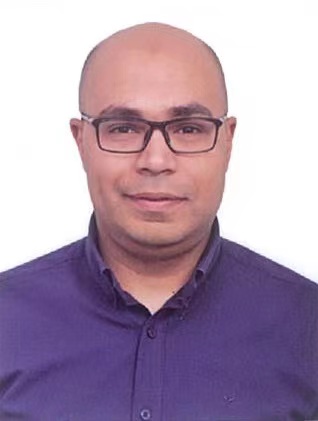
Dr. Bahaa Mohamadi was born on January 19, 1983, in Ismailia, Egypt. He holds a PhD in Cartography and Geographic Information Engineering obtained from the China University of Geosciences, Wuhan, China, in 2015. Dr. Mohamadi has been working in the geospatial science field since 2005 in both academia and industry. He published many SCI and EI papers in fields of optical imagery processing and analysis, microwave remote sensing interpretation and SAR interferometry, and Geographic Information Systems (GIS) data modeling. He now acts as the secretary of working group I/5 in the commission 2022-2026 of the International Society of Photogrammetry and Remote Sensing (ISPRS).
He has published several novel ideas during his work in the academic field. such as an oil spill risk assessment model for vegetation (OSRAMV), a normalized method for land surface temperature monitoring (LSTn) in coastal areas, an evacuation priority method in case of a tsunami hazard, a complex subsidence causality (CSC) interpretation model in big cities, and a building collapse prediction model based on PS-InSAR analysis and spatio-temporal data mining. In the geospatial industry, he worked on many projects, including land use and land cover mapping for tens of cities, vegetation health monitoring, crop classification using AI, airplane and ship detection using deep learning, bathymetric estimation from moderate optical imagery, gold deposit probability mapping, and mining cites geohazard monitoring.
Dr. Mohamadi’s research direction is GeoAI applications in earth observation, with a focus on radar imagery. Including, but not limited to, object detection from SAR intensity images, GeoAI applications on SAR interferometry, spatio-temporal data mining, machine learning classification based on SAR time series data, deep learning forecasting models for InSAR time series analysis, and AI applications for SAR data fusion with other earth observation data.